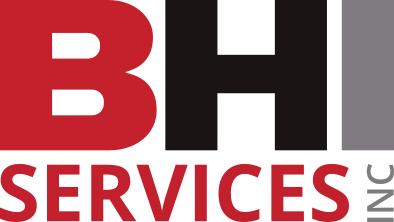Maintaining a well-functioning property is a top priority for property managers, and one important decision to make is whether to handle maintenance tasks in-house or outsource them to external service providers. Both options come with their own set of pros and cons. In this blog, we will explore the advantages and disadvantages of in-house vs. outsourced commercial property maintenance to help you make an informed decision.
In-House Maintenance: The Pros
Control and Flexibility: Having an in-house maintenance team gives you greater control over the scheduling and execution of maintenance tasks. You can easily adjust priorities and allocate resources as needed, providing flexibility in managing property maintenance.
Property Familiarity: In-house maintenance personnel develop a deep understanding of the property’s unique needs, systems, and layout over time. This familiarity enables them to respond quickly and efficiently to maintenance issues, leading to faster resolution.
Cost Control: By having an in-house team, you have more control over the costs associated with maintenance. You can manage labor costs, negotiate better deals on supplies and equipment, and potentially save on outsourcing fees.
In-House Maintenance: The Cons
Resource Allocation: Maintaining an in-house team requires allocating resources for recruitment, training, and ongoing management. This includes expenses related to salaries, benefits, tools, and equipment. Managing an in-house team can be time-consuming and may distract from other property management responsibilities.
Limited Expertise: Depending on the size of your team, in-house maintenance may lack the breadth and depth of expertise that specialized external service providers can offer. Handling complex or specialized maintenance tasks may require additional training or hiring skilled professionals.
Outsourced Maintenance: The Pros
Expertise and Specialization: Outsourcing maintenance tasks allows you to tap into the expertise and specialized skills of external service providers. They often have extensive knowledge and experience in specific areas, such as HVAC, electrical, or landscaping, ensuring high-quality work and efficient problem-solving.
Time and Resource Savings: By outsourcing maintenance, you can free up valuable time and resources that would otherwise be spent on recruiting, training, and managing an in-house team. Service providers handle all aspects of maintenance, allowing you to focus on core property management responsibilities.
Access to Advanced Tools and Technology: External service providers often have access to advanced tools, equipment, and technology that may be costly to acquire in-house. By outsourcing, you can benefit from these resources without the upfront investment.
Outsourced Maintenance: The Cons
Dependency on Third-Party Providers: Relying on external service providers means you are dependent on their availability and response times. Delays in service or the need to coordinate with multiple providers for different tasks may impact the speed of issue resolution.
Higher Costs: Outsourcing maintenance tasks can incur additional costs, including service fees, contracts, and potential markups on materials. It is essential to carefully evaluate the costs associated with outsourcing and compare them to the expenses of an in-house team.
Conclusion: Choosing between in-house and outsourced maintenance depends on various factors, including property size, budget, expertise required, and personal preferences. In-house maintenance provides greater control and property familiarity but requires resource allocation and may lack specialized expertise. On the other hand, outsourcing maintenance offers access to expertise, saves time and resources, but comes with costs and reliance on external providers. Ultimately, property managers should assess their specific needs and weigh the pros and cons to make an informed decision that aligns with their property management goals and priorities.

